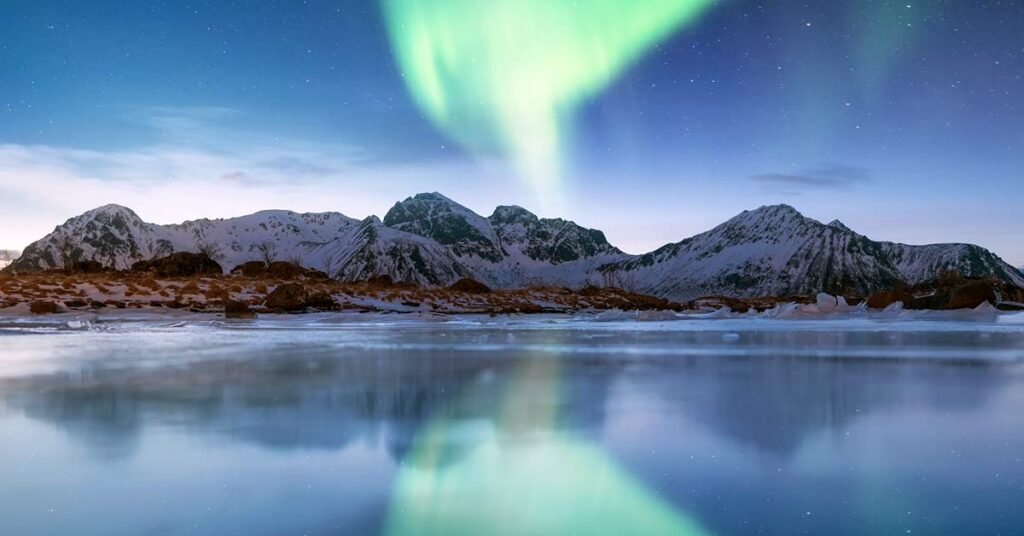 This past Tuesday, December 22, was the winter solstice. Did you miss it? If so, chalk it up to holiday fever and revel in the assurance that the time you spend in daylight is now increasing.
This past Tuesday, December 22, was the winter solstice. Did you miss it? If so, chalk it up to holiday fever and revel in the assurance that the time you spend in daylight is now increasing.
About the December Solstice
In the Northern Hemisphere, the December solstice (as it’s sometimes called) is an astronomical phenomenon marking the shortest day and the longest night of the year. (The opposite is true if you live south of the equator.) The Earth’s axis tilts its farthest away from the sun at 23-and-a-half degrees, offering all places north of the equator less than 12 hours of daylight. The solstice itself actually lasts but a moment in time—hence its name, which comes from the Latin words sol, meaning “sun,†and sistere, meaning “to stand stillâ€â€”before the Earth restarts its movement back toward the sun.
Throughout history, the December solstice has been a reason to celebrate. And a good one, too. Colloquially, at least, it marks the “turning of the sun.†It’s a promise that the season of dormant winter will indeed end and that the coming days will slowly lengthen themselves into summer. Cultures throughout the world, from the ancient Egyptians and Celts to those who built Stonehenge in England, celebrated nature’s continuing cycle with midwinter feasts and festivals. The pagan holiday, known as Yule, falls on the winter solstice and was named for the Norse word “Jul,†meaning “wheel.†It, too, is one of eight solar holidays intended as a time to spend with friends and family, exchange gifts and honor the rebirth of the sun. (Sound to you like the genesis of a more familiar December holiday?)

Culturally, the winter solstice has offered occasion for ritual, reflection and renewal. More practically, however, December actually signals midwinter, or in the Chinese calendar Dongzhi, “extreme winter.†Meteorological winter in the Northern Hemisphere spans the entirety of December, all the way through February. For all its astrological wonder, Stonehenge was erected to monitor the progress of the seasons; food preservation for the winter months depended on it.
Many Days of Winter Ahead
This is really all to say that while there’s more light ahead, for most people throughout the country there’s still a lot of winter in front of us. That could mean plenty of snow and ice, windy days, road closures, tree limbs down—you name it. The New Year is around the corner, but midwinter is probably the best time to make sure all your insurance policies are up to date. Consider investing in 24-hour-a-day roadside assistance if you don’t already have it, and even flood insurance. It’s worth noting that a ton of damage can occur from just a few inches of water as the result of melting snow and ice.
As winter’s but halfway through, put some of your renewing power from the recent solstice toward peace of mind, and make sure you’re fully insured.
The information in this article was obtained from various sources. This content is offered for educational purposes only and does not represent contractual agreements, nor is it intended to replace manuals or instructions provided by the manufacturer or the advice of a qualified professional. The definitions, terms and coverage in a given policy may be different than those suggested here and such policy will be governed by the language contained therein. No warranty or appropriateness for a specific purpose is expressed or implied.
Photo credit: “Too-early Sunset.â€Â Johnathan Nightingale // CC BY-SA 2.0.


